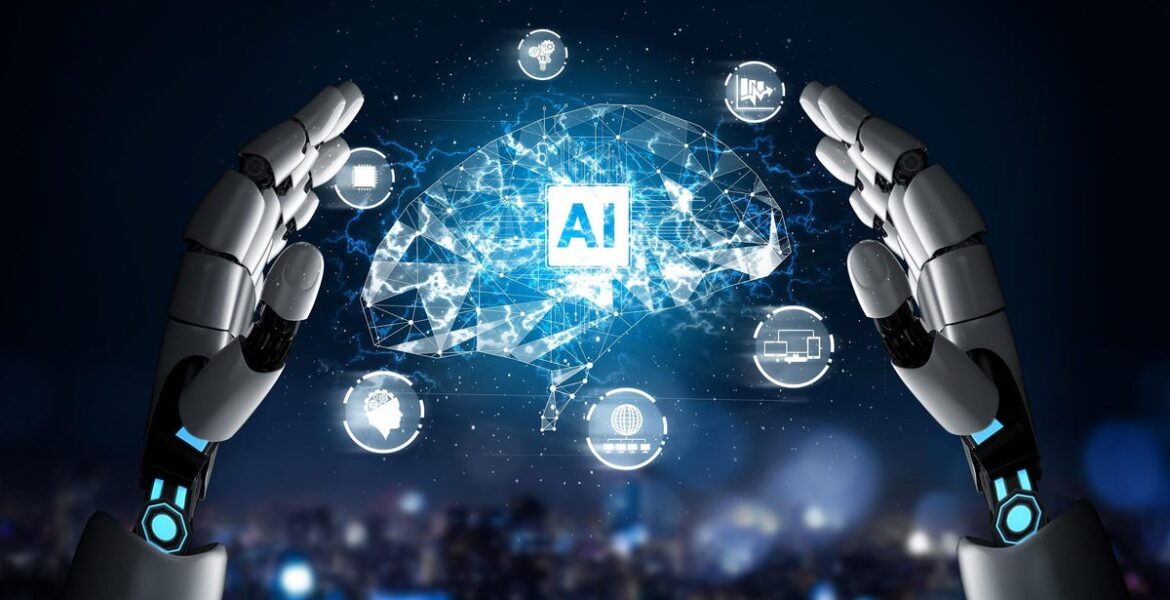Part Two The eternal beast.
In part one we discovered algorithms, found out what they could do and how they work. In this part we are faced with the reality that there will be no turning back from the digital world in general and the application of algorithms in particular. Algorithms are already playing a significant role in our lives and are likely to have an even greater impact in the future. Here are some ways in which algorithms are affecting our lives. Firstly on personalization: Algorithms are used to personalize our experiences online, such as recommending products or services that we may be interested in, suggesting content based on our browsing history, and tailoring advertisements to our interests. This can make our online experiences more efficient and enjoyable, but it can also create filter bubbles and echo chambers that limit our exposure to diverse perspectives. Secondly Algorithms are increasingly being used to make decisions that affect our lives, such as approving loan applications, determining insurance premiums, and even predicting the likelihood of criminal recidivism. While these algorithms can help make decisions more objective and consistent, they can also perpetuate biases and reinforce inequality if they are not designed and tested carefully. Thirdly Algorithms are being used to automate a wide range of tasks, from driving cars to performing surgeries. This has the potential to increase efficiency and productivity, but it also raises concerns about job displacement and the need for reskilling and retraining. Fourthly Algorithms are used to monitor and track our online behavior, including our social media activity, search history, and even our facial expressions. This can help companies and governments better understand our preferences and behaviours, but it also raises concerns about privacy and surveillance. Then fifthly Algorithms are driving innovation in a wide range of fields, from healthcare to finance to energy. For example, machine learning algorithms are being used to develop new treatments for diseases, predict financial market trends, and optimize energy consumption. This has the potential to lead to significant improvements in quality of life, but it also raises ethical and regulatory challenges.
Algorithms have the potential to produce both positive and negative outcomes, and there are several dangers associated with their use and here are a few aspects. Bias and discrimination: Algorithms can perpetuate and even amplify existing biases and stereotypes, particularly if they are trained on biased or incomplete data. This can lead to discrimination against certain groups of people and perpetuate inequalities. Lack of transparency and accountability: Algorithms can be complex and difficult to understand, which can make it challenging to assess their accuracy, fairness, and potential biases. This lack of transparency can make it difficult to hold companies and institutions accountable for the decisions made by their algorithms. Echo chambers and filter bubbles: Algorithms can contribute to the formation of echo chambers and filter bubbles, where people are exposed only to information and viewpoints that confirm their existing beliefs and opinions. This can lead to a narrowing of perspectives and limit exposure to diverse ideas. Privacy and surveillance: Algorithms can be used to collect and analyse vast amounts of personal data, which can raise concerns about privacy and surveillance. This can be particularly problematic if the data is misused or falls into the wrong hands.
Many worry whether algorithms can suppress individualism, the answer is complex. On the one hand, algorithms can be used to personalize experiences and cater to individual preferences, which can promote individualism. On the other hand, algorithms can also contribute to the formation of echo chambers and filter bubbles, as mentioned earlier, which can limit exposure to diverse ideas and perspectives and potentially suppress individualism. And looking at movies like X Men we are bond to wonder whether algorithms can engineer human stereotypes, the answer is also yes, if algorithms are designed or trained on biased data or assumptions. For example, if an algorithm is trained on a dataset that is skewed towards certain demographics or if the data has implicit biases, the algorithm may learn and reinforce those biases. This is why it’s essential to ensure that algorithms are designed and trained ethically, transparently, and with diverse perspectives in mind.
Algorithms can be used to inform and support policy-making, but they can also create challenges and limitations. Here are a few examples: Algorithms can analyse large amounts of data and provide insights that can inform policy-making. For example, algorithms can be used to track the spread of diseases like COVID-19 and identify high-risk areas and populations that require targeted interventions. Algorithms can be used to allocate resources more efficiently and effectively, such as distributing vaccines based on population density or infection rates. Algorithms can be used to model the potential impact of different policy options and predict their outcomes, allowing policymakers to make more informed decisions. It is impossible to imagine being able to turn the clocks back and somehow kill off algorithms any more than computers or machines, they are what defines and drives the fouth industrial revolution that we are uneittingly entering. How humanity endures and indeed survives the algorihm is impossible to predict – the nature of revolution is to create a future that cannot be predicted from the past.

